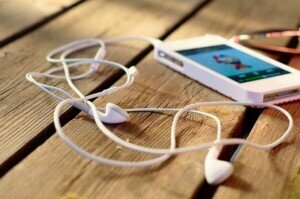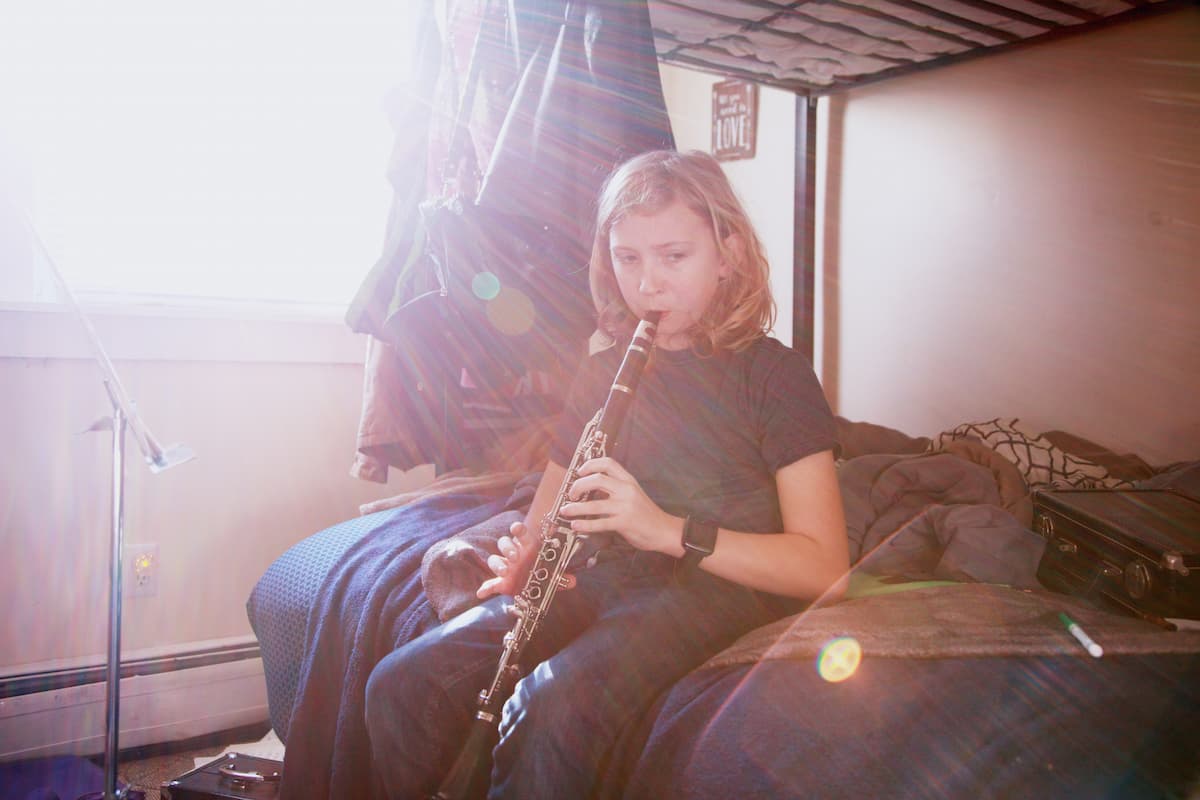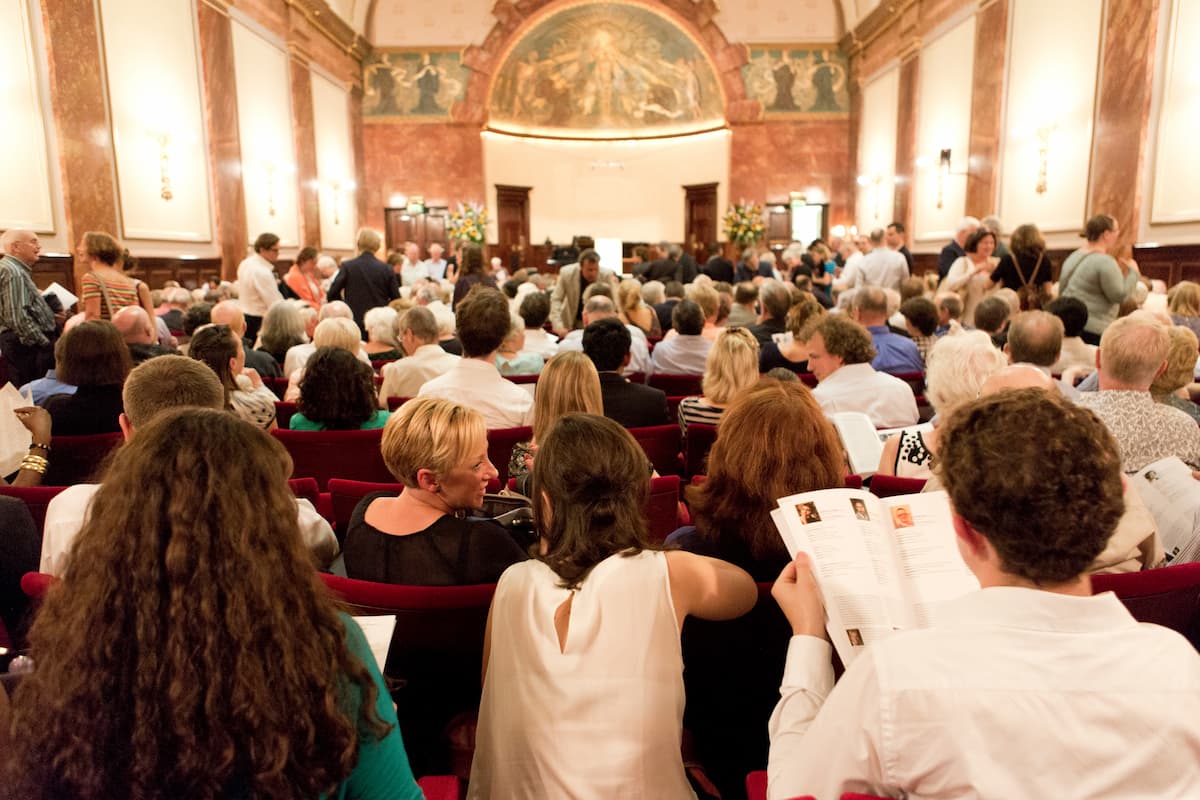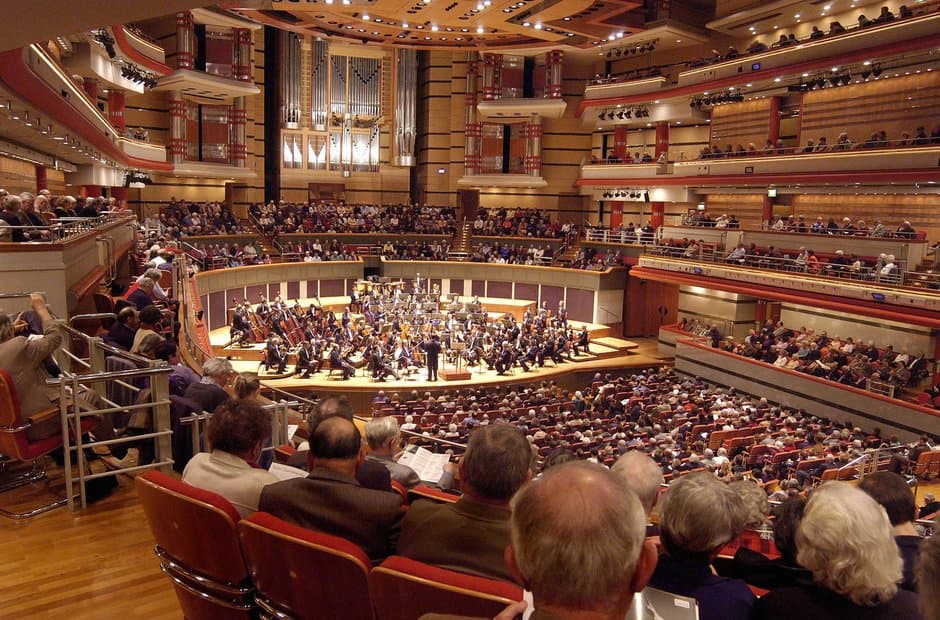 How we consume and listen to music has been transformed by digital technology. Where once recorded music was available only on the radio and vinyl LPs, reel-to-reel tape (and later tape cassettes) and CDs, it is now possible to access music 24/7 with the same ease with which one turns on a tap.
How we consume and listen to music has been transformed by digital technology. Where once recorded music was available only on the radio and vinyl LPs, reel-to-reel tape (and later tape cassettes) and CDs, it is now possible to access music 24/7 with the same ease with which one turns on a tap.
Today our listening takes many forms – at home on the radio, to a CD or vinyl LP, via a streaming service or YouTube; “on the go” through individually-curated or recommended playlists on an iPod or a smartphone; or to music that is played seemingly ubiquitously in social environments such as shopping centres, bars and restaurants, stations and even banks.
Thomas Ades: Traced Overhead
In our instant gratification-driven culture, streaming services like Spotify or IDAGIO (a specialist classical music streaming platform) in particular offer endless listening possibilities, and their portability (an app on your smartphone) means that music can be enjoyed wherever and whenever you are. Platforms such as these also allow users to create and share playlists (much in the way we used to make and share “mixtapes” when I was a teenager, only far less laborious in their creation today with just a click of the mouse!), and it’s wonderful to be able to access a vast range of performers and performances, including vintage recordings of Ravel and Rachmaninov, for example, playing their own music.
Some argue that the instant availability of music via platforms such as Spotify devalues the experience of listening to music, encouraging “passive listening” over “long” or “deep” listening and flitting between different tracks without listening to an entire album or even an entire song/track. These platforms have undoubtedly changed the way we listen, allowing us to engage with a far greater range of music than ever before, making our listening experience incredibly diverse. This has the potential, if we allow it, to revolutionise our everyday listening by mixing genres (classical, jazz, pop, world etc – and their sub-genres) and offering us “algorithm-curated” listening options based on our regular listening habits: the digital version of a friend saying “if you like that, you might like this”, or the recommendations of the record review section of the Sunday newspaper. Set your music service to “shuffle” and you add surprise and spontaneity to your listening experience (not recommended for those who enjoy hearing a piano sonata or symphony in its entirety, the movements in the right order!). Now one’s listening may not be wholly defined by genre, but by the music itself. Spotify creates a Daily Mix playlist “based on the different styles of music you regularly listen to, each mix is loaded with artists you love, plus a sprinkling of new discoveries that fit the vibe too” (Spotify website) and also a Discover Weekly playlist “made just for you [me]” which changes every Monday. I have enjoyed both playlists and have even made some new discoveries as a result.
In his book Every Song Ever author Ben Ratliff overturns the habit of listening by genre and instead suggests listening based on other, more general parameters such as speed, virtuosity, repetition or volume, thus offering cross-genre listening which may encourage one to make unexpected musical connections.
Lili Boulanger: D’un matin du printemps
Meanwhile, over in the classical concert hall, some argue that the instant availability of music today and the erosion of the habit of deep or mindful listening are impacting on the way audiences engage with live music, making them less prepared to sit through a long programme or even works longer than 30 mins at a time, and more interested in programmes comprising a variety of shorter works. My experience and observations as a regular concert-goer don’t really concur with this view, and in general I think audiences are very much still prepared to put in the effort to listen in an engaged and respectful way. This is partly because classical music audiences tend to be of an age and demographic that is less conversant or interested in the current technology to consume music, and I’m certain that it is also because the experience of hearing music live is so very different from the experience of listening on the radio, disc or via Spotify. Those of us who go to concerts enjoy the spontaneity, the sense of risk and of music being created in the moment. The excitement of live music is a “total experience” – not only of the music itself but all the special rituals of concert-going which can never be recreated on a disc or MP3 track.
More Opinion
-
 Nurturing the Musical Brain It is essential to make music part of someone’s development as early as possible
Nurturing the Musical Brain It is essential to make music part of someone’s development as early as possible -
 Music for Life Skills Learning a musical instrument can contribute to personal development and success
Music for Life Skills Learning a musical instrument can contribute to personal development and success -
 Alone Yet Together: The Shared Experience of Live Performance Attending a concert alone is not an act of isolation
Alone Yet Together: The Shared Experience of Live Performance Attending a concert alone is not an act of isolation -
 Let’s Celebrate and Nurture Classical Music’s Core Audience Obsession with attracting a young audience seems to be exclusive to classical music
Let’s Celebrate and Nurture Classical Music’s Core Audience Obsession with attracting a young audience seems to be exclusive to classical music




